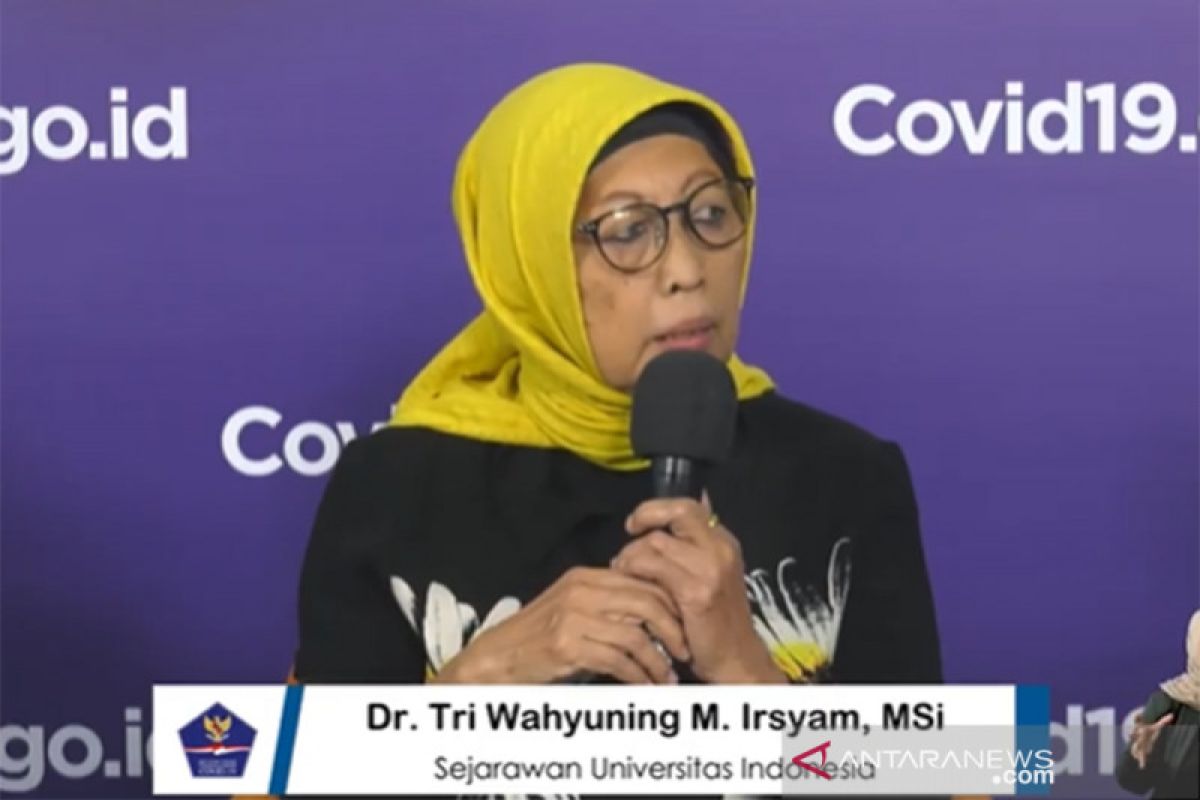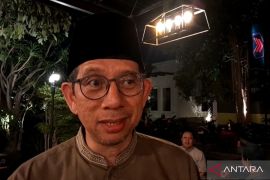Because there was no response, the colonial government in the area ultimately panicked and left it to the people to act on their ownJakarta (ANTARA) - Conditions under the COVID-19 pandemic that is plaguing countries around the globe, including Indonesia, bear similarities with those during the Spanish flu of 1918, Tri Wahyuning M Irsyam, a historian from the University of Indonesia, stated.
Speaking about the Spanish flu of 1918 at a talk show broadcast online from Jakarta on Saturday, she said: “(At the time) The colonial government officials routinely drove around in cars to socialize (raise awareness about the) the deadliness of the disease (Spanish flu), (and tell people) that it was better to stay at home, wear masks, and maintain cleanliness.”
Irsyam said these measures were taken by the Dutch East Indies colonial government as not everyone at that time could read the newspaper and obtain accurate information.
The colonial government used direct socialization methods to ensure communities did not underestimate the disease and remained vigilant about the spread of the Spanish flu.
However, the colonial administration and the people held different views on the origin of the Spanish flu, she pointed out.
"The public saw the disease as originating from nature, such as dust, wind, and others. While the colonial government saw the source of transmission as from outside — migrants who were coming in and becoming carriers of the virus," Irsyam elaborated.
Related news: Before coronavirus, the world once fought off smallpox
Related news: On the importance of lockdown: lessons from plague control in Java
She further said that in the early days of the Spanish flu, almost no one was prepared — both governments as well as communities residing in countries across the world. This unpreparedness is evident from the slow handling of the outbreak, she noted.
At the beginning of the outbreak, when some people started to show some symptoms, officials in a number of countries seemed to have ignored the phenomenon, Irsyam stated.
The Dutch East Indies colonial government also responded in a similar manner. When reports of several people falling victim to the flu, including in Bali and Banyuwangi, reached by telegram, they lay at an institution that was administratively equivalent to the state secretariat for months, she added.
"Because there was no response, the colonial government in the area ultimately panicked and left it to the people to act on their own," she explained.
The community eventually put more emphasis on the use of traditional medicine. The Serat Centini mentions several natural ingredients, such as herbs, that were often used in traditional treatments.
Related news: Key takeaways from the cholera outbreak that devastated Batavia
Related news: Lessons learned from Indonesia's polio outbreak to defeat coronavirus
Translator: Dewanto S, Aria Cindyara
Editor: Gusti Nur Cahya Aryani
Copyright © ANTARA 2020












